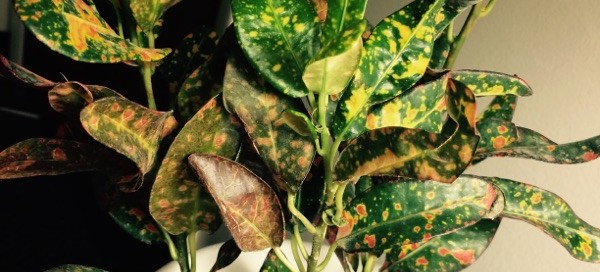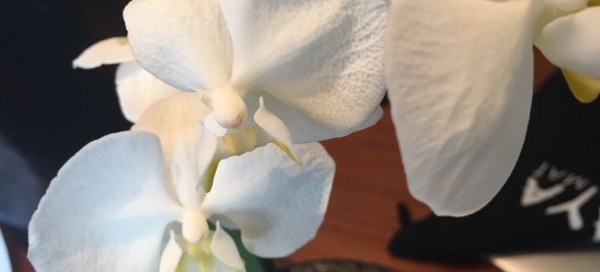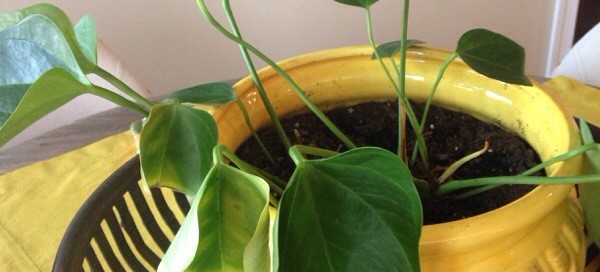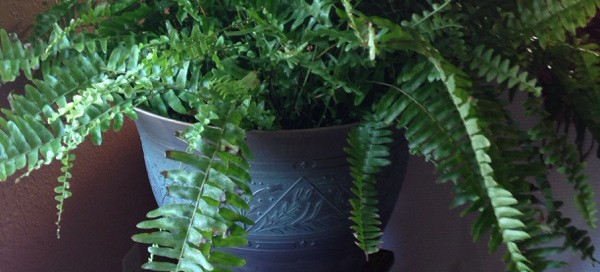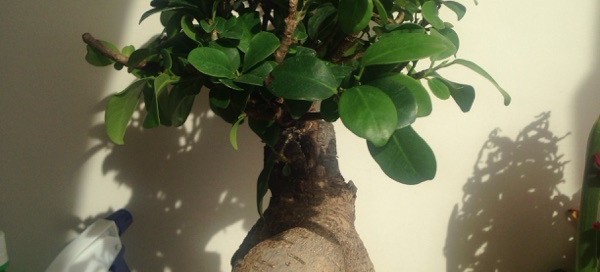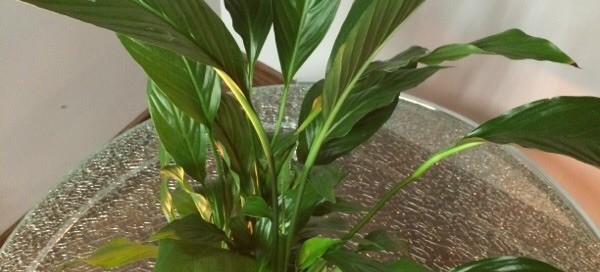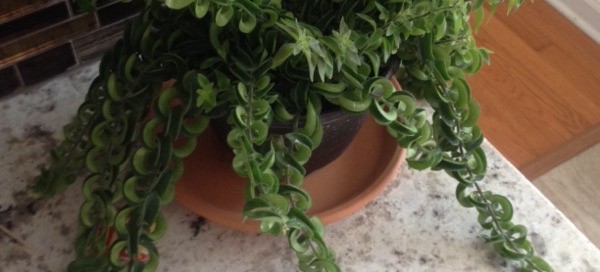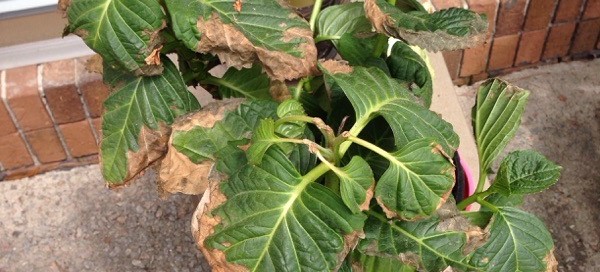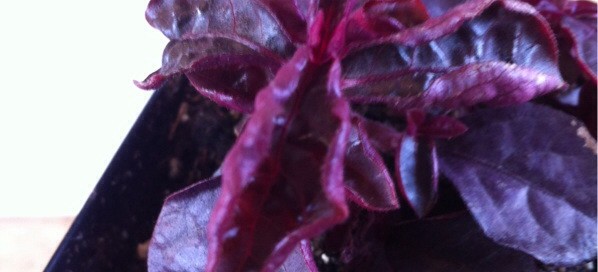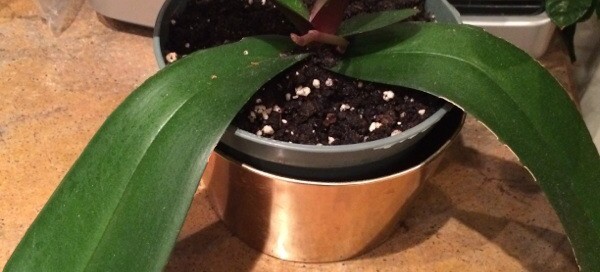Croton Problem
A couple of reasons why your croton may not be doing well: crotons are usually greenhouse grown and are used to bright, indirect light and high humidity. Suggest you find a brighter area for it indoors and set it up on a humidity tray such as a saucer filled with gravel and water and a brick to keep the plant elevated out of the water-filled saucer. This will increase the humidity by about 70% around the plant. Also water regularly but do not allow the plant to sit in water as this may lead to root rot and feed with a slow-release or organic fertilizer formulated for indoor container plants. Only fertilize it between March and September. It appears to may having some fungal spots but it is hard to tell from this picture. If you can take a couple of leaves to a local garden center, they may be able to tell if it is just the coloration of the croton or if there is a disease. Since Waterloo gardens is gone I'm not sure where to direct you.
Good luck!
